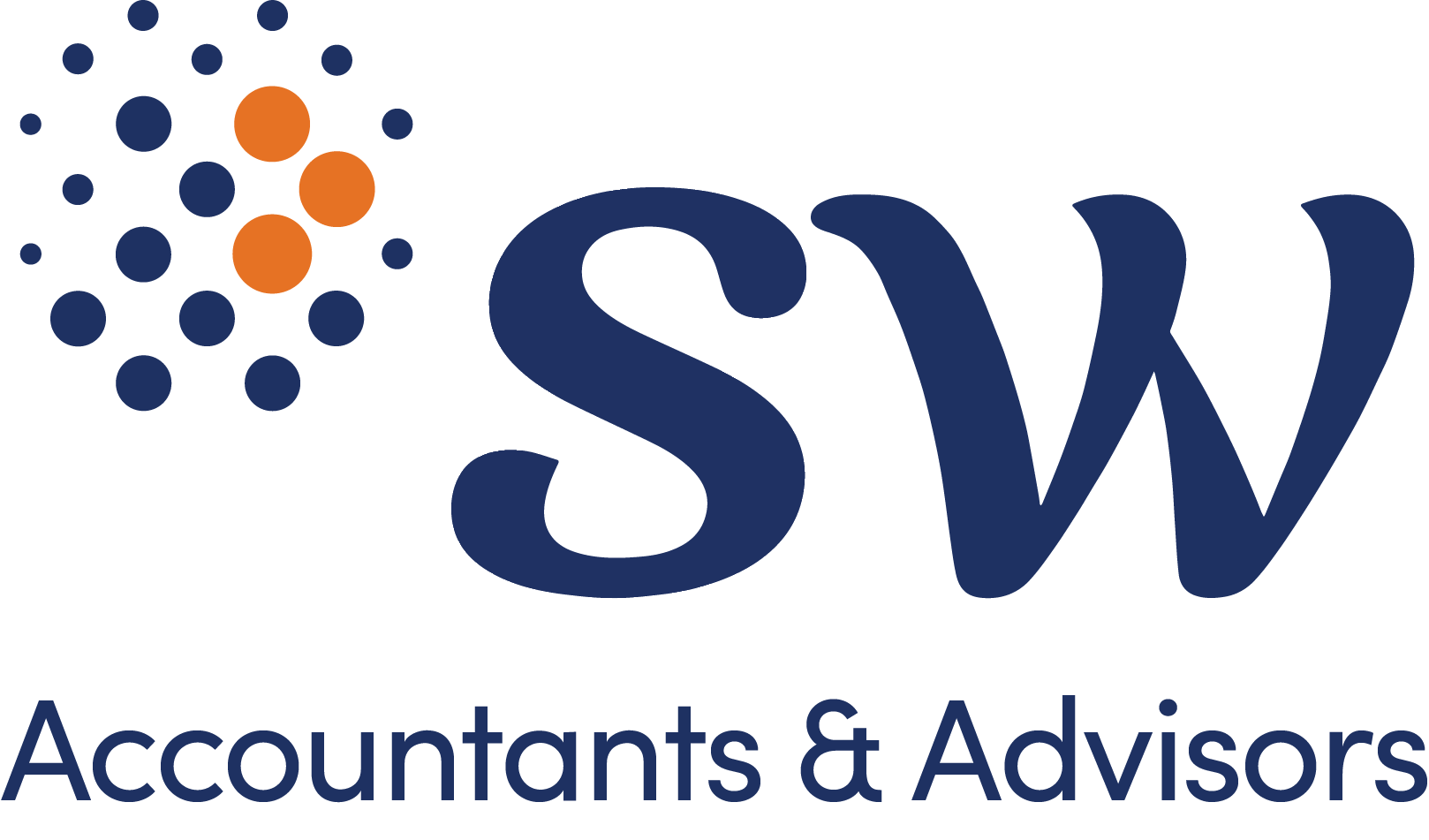
Pillar Two obligations in Australia during the transition period
22/08/2025
The ATO released new guidance helping large multinational companies navigate their obligations under Pillar Two tax rules. While these companies face additional paperwork and potential penalties, the ATO is taking a lenient approach during the transition period for businesses making genuine compliance efforts.
Overview
Draft Practical Compliance Guideline PCG 2025/D3 outlines the ATO’s transitional compliance approach for lodgement obligations and penalties during the transition period (fiscal years starting on or before 31 Dec 2026 and ending on or before 30 June 2028).
Australia has introduced a 15% Global and Domestic Minimum Tax (Pillar Two Rules) aligned with the OECD’s Global Anti-Base Erosion (GloBE) Rules under Pillar Two. This targets large multinational enterprise (MNE) groups with consolidated revenues ≥ EUR750 million (AU$1.2 billion or US$820 million) in at least two of the four fiscal years preceding the tested year. The Pillar Two rules apply in Australia from 1 January 2024.
It is noteworthy that effective from 1 January 2025, the Undertaxed Profits Rule may subject an Australian MNE group member to top-up tax related to another group member. This is regardless of whether the former has any ownership interests in the latter. Consequently, auditors might require a Pillar Two analysis for the global group for the 2025 fiscal year.
What are the key lodgement obligations in Australia?
Applicable MNE Groups must lodge the following:
- GloBE Information Return (GIR) – OECD- standardised form for calculating tax liability.
- Foreign Notification Form (FNF) – Notifies the ATO of foreign GIR lodgement.
- Australian IIR/UTPR Tax Return (AIUTR) – Assesses top-up tax under Income Inclusion Rule and Undertaxed Profits Rule.
- Australian Domestic Minimum Tax Return (DMTR) – Assesses top-up tax on low-taxed Australian profits.
The AIUTR, DMTR, and FNF are consolidated into the Combined Global and Domestic Minimum Tax Return (CGDMTR). The GIR remains a standalone obligation. The returns are due 18 months after the fiscal year end for the first year and 15 months thereafter. For an MNE group with a fiscal year ending on 31 December 2024, the returns are due on 30 June 2026.
Importantly, the Australian members of an MNE Group must fulfil lodgement obligations in Australia, even if the Parent of the Group is in a country without Pillar Two rules implemented. The Australian entities may nominate one Australian Group Entity, known as the Designated Local Entity (DLE), to lodge the returns on behalf of the Australian entities.
As of the date of this document, Australia has not signed the Multilateral Competent Authority Agreement (MCAA) on the Exchange of GloBE Information (GIR MCAA) under Pillar Two. Until that happens, the GIR must be lodged in Australia with the ATO even if one has been lodged overseas.
Is there a “soft landing” in terms of penalties for taxpayers?
During the transition period, the ATO will adopt a “soft-landing” approach (i.e. penalties remitted) if the MNE group has demonstrated that reasonable measures were taken to comply.
Examples of reasonable measures include:
- documented implementation plans and internal policies
- system upgrades and gap analyses
- proactive engagement with the ATO and external advisors and
- timely correction of errors
Furthermore, no penalties should be imposed for isolated or good-faith errors during the transition period. However, gross indifference or failure to take reasonable care may be subject to penalties. Current administration penalties imposed upon Significant Global Entities apply in these circumstances.
How can SW assist?
We can assist with your Pillar Two project implementation by:
- implementing SW’s CTS Pillar Two Software for planning, Pillar Two calculations, and lodging GIR and domestic returns
- advising how Pillar Two will affect your group
- designing a Pillar Two implementation plan tailored to your group’s requirements
- identifying and classifying the entities within the group
- advising on the application of charging mechanisms
- assisting with Transitional CbCR safe harbour calculations



